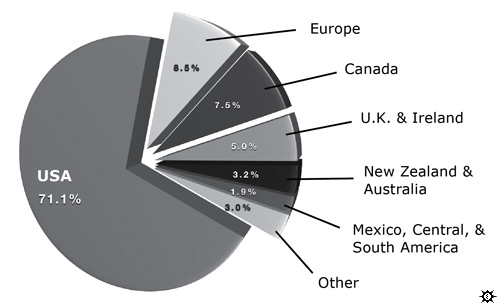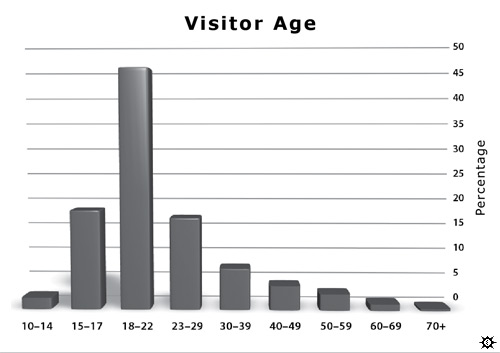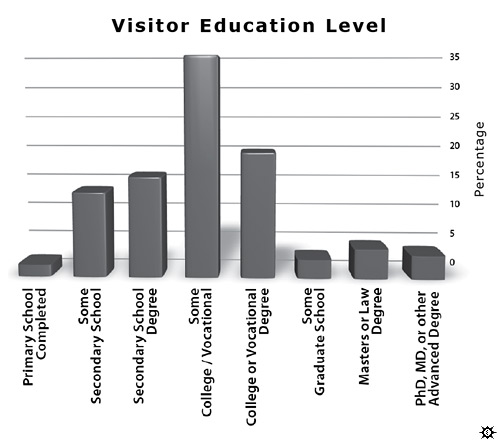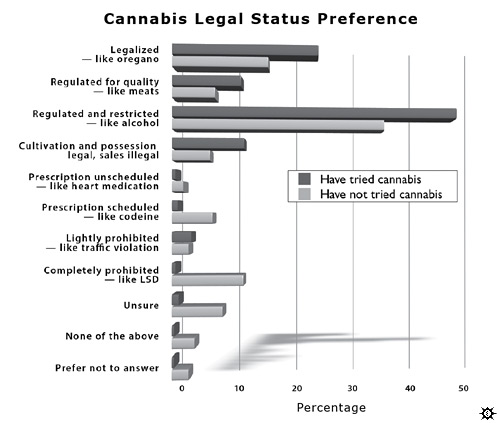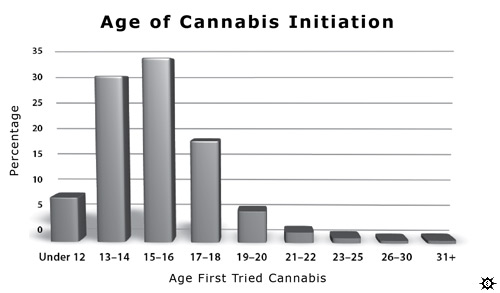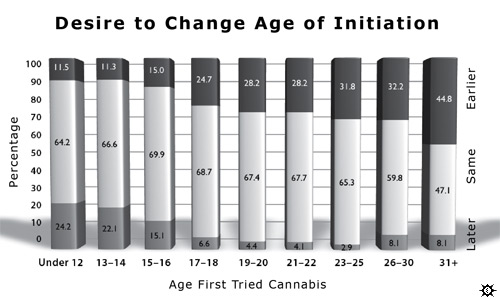Erowid Visitor Micro-Surveys
Jun 2008
Citation: Erowid F, Erowid E. "Erowid Visitor Micro-Surveys". Erowid Extracts. Jun 2008;14:16-17.
Following the launch of Erowid Center in January 2008 we began conducting a series of "micro-surveys" on Erowid.org with two purposes in mind: first, to help determine the current demographics of our visitors and second, to begin to quantify their opinions about certain psychoactive-related issues. Each survey consisted of three to six questions displayed just under the header on a large number of pages on the site.
Because of the amount of traffic that Erowid receives, we get a large number of responses to such micro-surveys. Each survey remained live until it received approximately 20,000 responses, which took between 7 and 14 days.
We welcome proposals for future surveys to conduct, as well as help from those who have experience analyzing survey data, to assist in identifying the most interesting results.
Because of the amount of traffic that Erowid receives, we get a large number of responses to such micro-surveys. Each survey remained live until it received approximately 20,000 responses, which took between 7 and 14 days.
We welcome proposals for future surveys to conduct, as well as help from those who have experience analyzing survey data, to assist in identifying the most interesting results.
Cannabis Use
Of those visitors who responded to three surveys about cannabis, approximately 93% said that they had tried cannabis at least once in their life, with between 1% and 2.5% saying they preferred not to answer the question. Those under 15 and those over 40 years old reported lower rates of having tried cannabis. Of survey respondents who said they were 15-17 years old, 93% reported having tried cannabis, compared to Monitoring the Future's 2007 estimate that 42% of U.S. high school seniors (ages 17-18) have tried cannabis. As expected, Erowid visitors who complete cannabis-related surveys report a significantly higher rate of cannabis use than those who fill out an in-school national survey.

